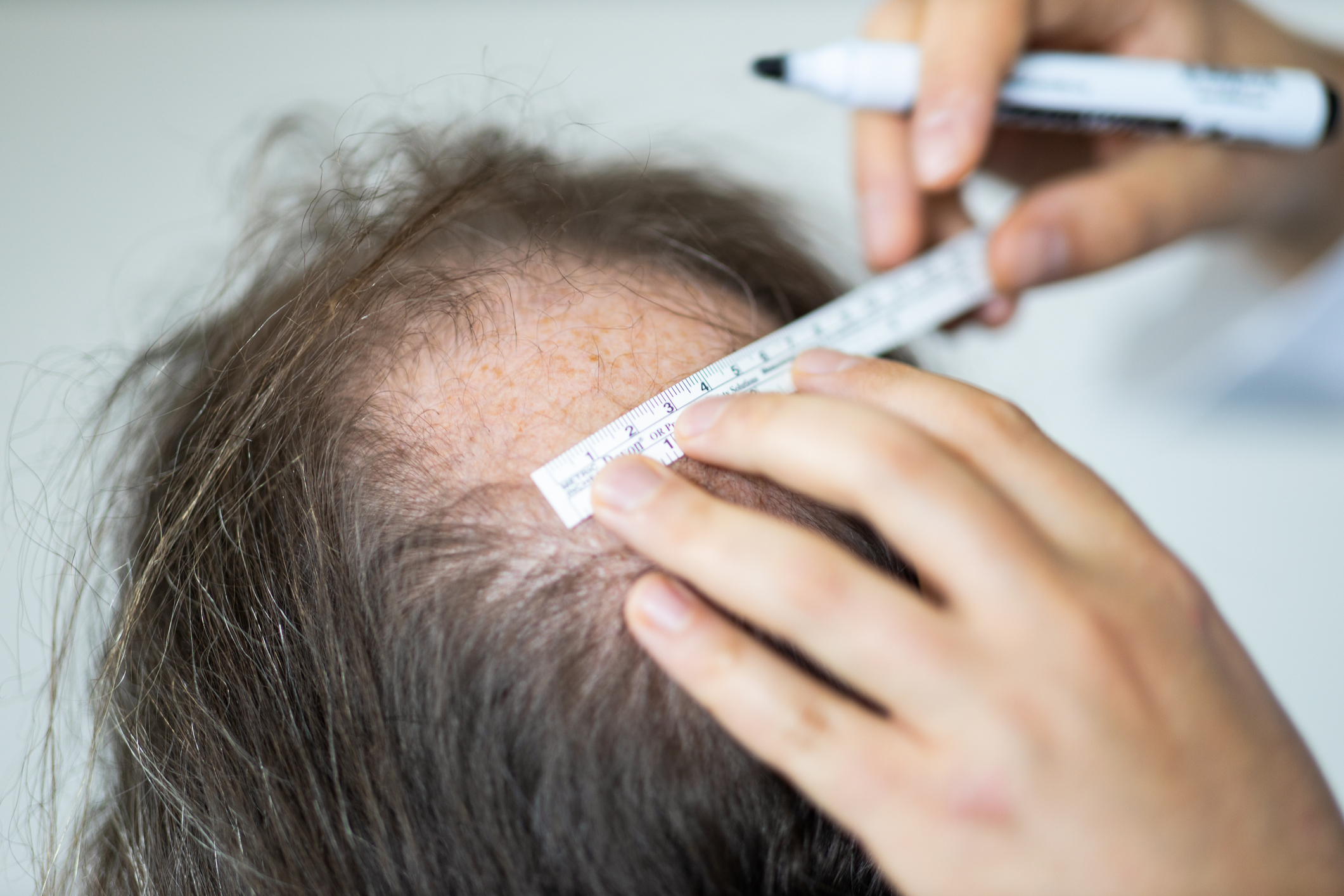Demystifying Eye Bags: Causes, Care, and Contemporary Treatments
The human eye, often referred to as the window to the soul, holds a remarkable significance in our interaction with the world. However, the delicate skin around it can easily betray signs of stress, aging, or poor health, manifesting as eye bags. These puffy under-eye areas have been a subject of concern for many, given their ability to make one appear tired or older than they are. Unsurprisingly, the quest to understand and address eye bags has been a persistent theme in skin and hair care, leading to the development of various treatment strategies.
The Emergence of Eye Bags: An Age-Old Problem
Eye bags, medically known as periorbital puffiness, are not a modern-day phenomenon. Historical records and visual representations from ancient civilizations often depict individuals with noticeable under-eye bags. From the Egyptians who used a variety of substances to minimize their appearance, to the Greeks who applied cold metal spoons to soothe swollen eyes, the struggle to manage eye bags has been a constant human endeavor.
This age-old problem has gained increasing relevance in modern times, given our lifestyle habits and the growing importance of personal aesthetics. The rise in digital screen time, lack of sleep, high-stress levels, and improper diet are some of the contributing factors. As society places a higher emphasis on youthful appearance, the demand for effective solutions to eye bags has skyrocketed.
Understanding the Underlying Causes
Before diving into the care and treatments of eye bags, it’s crucial to understand their underlying causes. The skin around our eyes is thinner and more sensitive than the rest of our face. As we age, this skin loses elasticity, and the muscles supporting our eyelids weaken. As a result, fat that usually helps support the eyes can move into the lower eyelids, causing them to appear puffy.
Other contributors include fluid retention due to high salt consumption, allergies, and hormonal changes. Genetics can also play a significant role, making some individuals more prone to developing eye bags.
The Evolution of Eye Bag Treatments
With the understanding of these causative factors, skin and hair care experts have developed a plethora of treatments over the years. These range from simple home remedies to advanced dermatological procedures.
Cold compresses, adequate hydration, and sleep are some of the natural ways to decrease the appearance of eye bags. Topical creams and serums with ingredients like retinol, hyaluronic acid, and vitamin C have also shown effectiveness in treating under-eye puffiness by boosting skin elasticity and reducing inflammation.
The advent of cosmetic procedures has provided more advanced solutions. Treatments like dermal fillers, laser resurfacing, and eyelid surgery (blepharoplasty) have proven successful in reducing eye bags more permanently, albeit at a higher cost and risk.
The Impact of Technology and Future Trends
The digital age has tremendously impacted how we approach eye bags. High-resolution imaging and AI-powered skin analysis tools have made it possible to evaluate the severity and causes of eye bags more accurately, leading to personalized treatment plans.
Moreover, the rise of telemedicine has enabled patients to access dermatological care from the comfort of their homes. This trend is likely to continue, given its convenience and the ongoing emphasis on personalized care.
In the future, we can expect more non-invasive treatments for eye bags. Research is ongoing into topical creams and devices that can deliver active ingredients more effectively to the under-eye area, providing results comparable to cosmetic procedures without the associated risks.
In A Balanced Approach to Eye Bag Management
While the desire to eliminate eye bags is understandable, it’s essential to adopt a balanced approach. Prevention, through a healthy lifestyle, is always the best strategy. Regular skincare, including the use of quality under-eye products, can go a long way in maintaining the health and appearance of the delicate skin around our eyes.
For those seeking more drastic results, cosmetic procedures offer a viable solution. However, it’s crucial to consult with a qualified dermatologist and understand the potential risks before proceeding.
Eye bags, while a common concern, need not be a cause of distress. With the right understanding and care, it’s entirely possible to manage their appearance and maintain the youthful vitality of our eyes.




